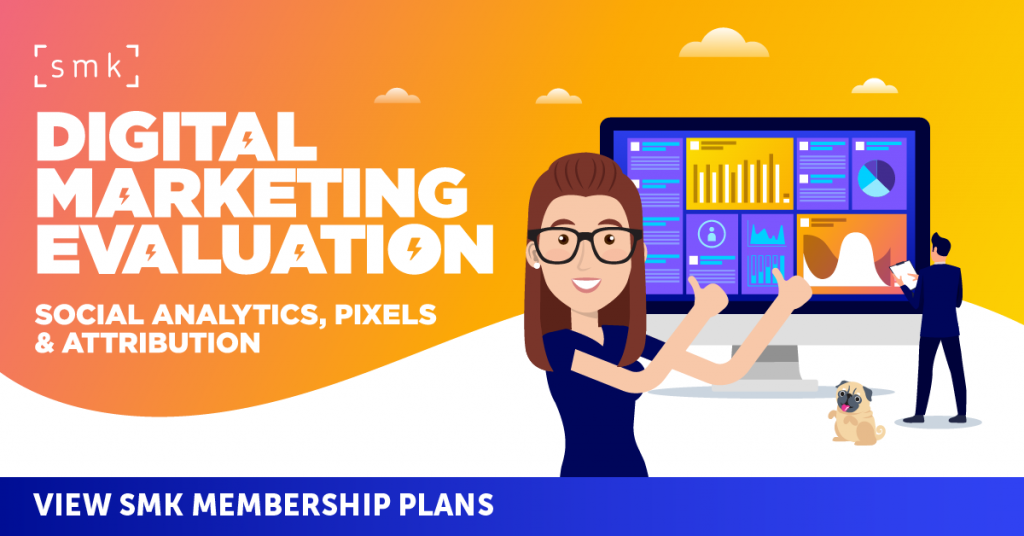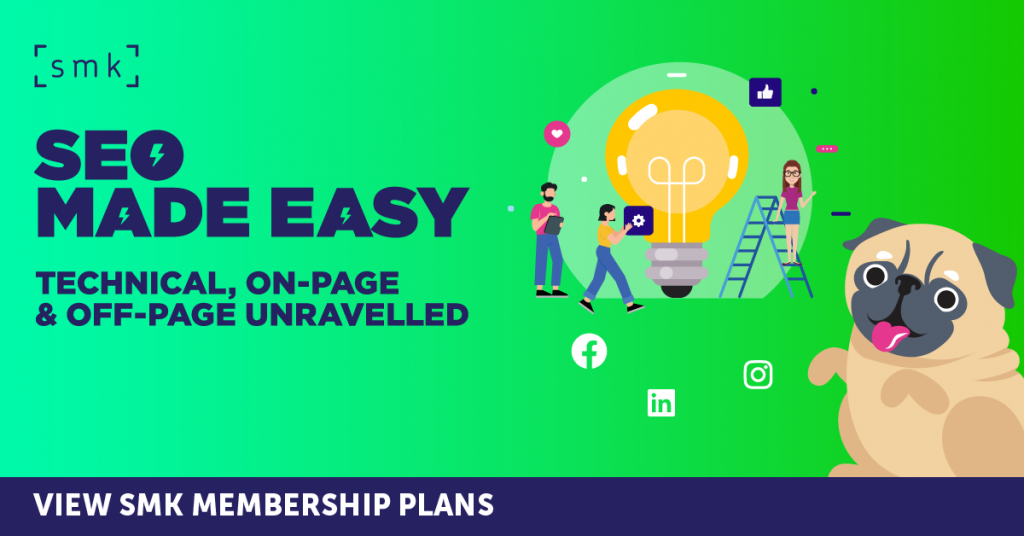As generative AI continues to reshape how people interact with search engines, marketers are re-evaluating their approach to paid search. With user queries becoming more conversational, contextual, and complex, Google has responded with the global rollout of AI Max for Search campaigns — a feature set designed to help advertisers stay visible and relevant in this new environment.
AI Max brings together advanced targeting and creative tools powered by Google’s AI systems. The aim is to improve reach, performance, and ad relevance, while reducing manual campaign management. However, while the offering signals clear potential, it also introduces a number of challenges that senior marketers should not ignore.
Adapting to a New Search Landscape
Search is no longer just about keywords. With tools like AI Overviews and Google Lens, users are increasingly exploring content in new ways, asking nuanced questions, using images, and expecting real-time answers. This shift is reducing the effectiveness of traditional keyword strategies, especially those relying on exact or phrase match targeting.
AI Max aims to address this by expanding coverage through broad match and keywordless targeting. It analyses your current assets, including keywords, landing pages, and ad copy, then dynamically identifies high-intent queries you might not have otherwise captured. For example, a campaign bidding on “red midi dress” might now surface in results for “colourful midi dresses for spring and summer,” even without that phrase explicitly included.
Google claims advertisers using AI Max typically see a 14% uplift in conversions or conversion value, with campaigns heavily reliant on exact match keywords reporting up to 27% gains.
These results are promising. However, the shift to AI-driven targeting also reduces advertiser control. By default, AI Max makes key decisions on your behalf, including which search terms to match, how to prioritise them, and what creative assets to serve. For marketers used to tightly structured keyword strategies, this hands-off approach may feel unsettling.
Smarter Creative, With Caveats
In addition to broader targeting, AI Max also introduces dynamic creative capabilities. The updated text customisation feature, previously called “automatically created assets,” generates new headlines and descriptions based on your content and real-time user intent. This is designed to improve ad relevance without the need for manual asset creation.
Paired with final URL expansion, Google can also route users to the most appropriate landing page, rather than defaulting to a static destination.
These tools offer clear operational efficiencies, especially for advertisers managing large product catalogues or frequent updates. However, concerns remain around brand safety and creative consistency. Automatically generated ad copy may not always reflect your tone of voice, product positioning, or regulatory requirements, particularly in tightly governed sectors like healthcare, finance, or B2B.
While Google offers the ability to review and remove AI-generated assets, this is a reactive safeguard. For brand-sensitive advertisers, proactive control over messaging remains a top priority.
Real-World Results and Use Cases
Early adopters have seen strong results. L’Oréal Chile reported a two-times improvement in conversion rate and a 31% reduction in cost-per-conversion by unlocking new high-intent search queries, such as “what is the best cream for facial dark spots?” Similarly, MyConnect, an Australian utilities company, saw a 30% increase in conversions from previously untapped queries, resulting in 16% more leads at a 13% lower CPA.
These case studies highlight AI Max’s potential when used strategically. However, it’s important to note that performance gains often depend on the quality of existing creative, the clarity of value propositions, and the structure of your campaign.
Moreover, while these wins are notable, they do not fully address the wider concern that Google’s AI features, particularly AI Overviews, are increasingly reducing organic traffic to advertiser websites. For some brands, AI Max may feel like a necessity to compensate for visibility lost to changes in the broader search interface.
Controls, Reporting, and Strategic Alignment
To help marketers maintain oversight, Google has added several new controls. Geographic intent targeting allows ads to be shown based on users’ interest in specific regions, not just physical location. Brand controls at the campaign and ad group level let advertisers choose which brands they want to appear alongside or avoid entirely.
These are welcome additions, but for many senior marketers, transparency remains a concern. AI Max operates largely as a black box. While performance data is available, it’s not always clear why the AI chooses certain queries, combinations, or creative variants.
New reporting features aim to address this. An updated search terms report includes headlines and URLs, offering a clearer view into customer journeys. Asset performance data has also been expanded to include KPIs such as spend and conversions, not just impressions.
Still, questions remain around how to align AI-driven tactics with long-term strategy. AI Max optimises for immediate results, such as CPA, ROAS, and conversion volume, which can undervalue upper-funnel activity or longer buying cycles. For brands focused on awareness, loyalty, or differentiation, this bias toward performance metrics may limit its usefulness.
Platform Dependence and Ecosystem Lock-In
Another criticism of AI Max is the increasing dependency it creates on Google’s ecosystem. Targeting, creative, bidding, and measurement are all handled within Google’s platform. While this simplifies operations, it also reduces flexibility and makes it more difficult to assess performance independently or plan cross-channel strategies.
Marketers with a multi-platform or omnichannel focus should consider how deep integration with AI Max might affect future agility.
Final Thoughts
AI Max represents a significant evolution in Google’s approach to search advertising. For many performance-driven campaigns, the combination of expanded reach, dynamic creative, and automated targeting will deliver real value. However, the tool also comes with clear trade-offs in terms of control, transparency, and strategic flexibility.
Senior marketers should approach AI Max with cautious optimism. Start with pilot campaigns, review reporting carefully, and set clear parameters for brand safety and creative quality. Where appropriate, override automated choices to ensure alignment with broader objectives.
The future of search is clearly more automated, more intent-driven, and less reliant on traditional keywords. AI Max is a major step in that direction. But as with any shift in strategy, success will come not from blind adoption, but from deliberate testing, careful oversight, and a focus on long-term brand impact.




RECOMMENDED FOR YOU
[STUDY] ChatGPT Powers Work And Life
OpenAI, in collaboration with Harvard economist David Deming, has…
OpenAI, in collaboration with Harvard economist David Deming, has…
LinkedIn Tests New Premium Tools for SMBs
LinkedIn is quietly piloting a new Premium offering designed…
LinkedIn is quietly piloting a new Premium offering designed…
Meta Brings AI Video Editing to Instagram and Meta AI
Meta has launched a new AI-powered video editing feature…
Meta has launched a new AI-powered video editing feature…